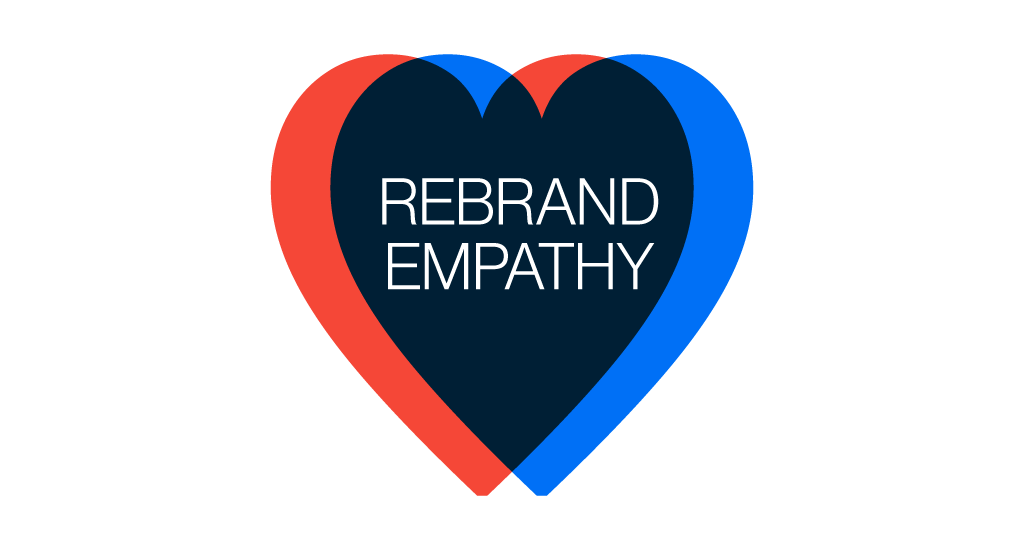
Ten years ago, after a career at global brand agencies, I had an idea that would become TenTen. It was time to hang my own shingle. My concept was simple: I’d help companies plan a rebrand and build a business around that, and only that.
Confident in the concept (and myself), I took it on the road to gut-check with trusted friends and colleagues. That’s when an old client and friend asked a question that stopped me cold:
“That’s great! You’re absolutely the one I’d call if I were rebranding. But what if I’m not? What if I’m in harvest mode? How will you help me?”
For six months, that question haunted me. I knew I needed to offer more than just rebrand plans, but what? Then came the insight: there’s a popular myth that people only use a fraction of their brain’s potential. What if brands were the same? What if I could help them realize their full potential?
That idea led to the framework: organizations are always in one of three modes — planning for change, building it out, or managing what’s already launched. Plan-Build-Manage wasn’t just a methodology; it was a lifecycle. And I could help at any stage.
When I shared this with a colleague, he lit up: “Oh, so it’s like Love It or List It. You either sell your house and get a new one, or renovate to make it work better.” Exactly. It’s not always about a rebrand. Sometimes it’s about evaluating how a brand is working and making it work harder.
And with that, TenTen was born: aiming for the maximum — a ten out of ten.
A decade later, I faced my own harvest question. The business had evolved far beyond what our brand communicated. Could we stretch what we had? More content, a fresher story? Maybe. But just like the clients we advise, I realized it was bigger than that. It was time to rebrand.
So, we put ourselves through the same process we guide clients through. We asked the hard questions: Why now? What’s the business rationale? Where are the gaps between who we are and how we’re perceived?
Our business, and our Plan-Build-Manage framework, had transformed dramatically. Plan once meant weekly travel and poster-covered workshops; now it’s Zoom sessions with Miro boards and online surveys. Build once meant stationery mechanicals and printed brochures; now it’s motion-first tools reaching audiences on TikTok. Manage once meant training and governance frameworks; now it’s client mobilization, conversion studios and AI-powered brand reviews.
Our brand hadn't kept pace and it was time to address it.
We hired a seasoned Executive Creative Director with a track record of global, award-winning work. Before he began, he asked for something we hadn’t touched in years: a strategy and tone of voice to anchor the creative. It struck me — the same foundation we demand from our clients, we hadn’t demanded from ourselves. And without it, we wouldn’t be able to properly evaluate his work.
Once defined, he delivered three options: two evolutionary, one bold. True to form, I leaned toward the safer choice: familiar logo, evolved colors, nothing too disruptive. The bolder concept was beautiful, but it felt like something I’d see at MoMA. For me, it went too far out of our swim lane. We’re not a design firm and I didn’t want our agency partners to mistake us for competition. We’re implementation partners, trusted to extend and protect their designs.
I was ready to move forward with the safe choice until I asked a respected colleague what she thought. She had been with us at the beginning and knew our business, but was now at a creative agency and could see things from an outside perspective. She didn't like my choice. When I asked why, she hit me with the question I’d been avoiding:
“Are you just making guidelines, or are you interpreting and extending brands? Which logo do you think your clients will see themselves in?”
In that moment, I saw it clearly. Playing it safe would undercut everything we stood for. The bolder option I had rejected? That was the one that actually signaled our capability to honor sophisticated design thinking.
I had been urging clients for years to take risks while clinging to comfort with my own brand. And the answer was clear: if I wanted our brand to reflect the business we’d become, I had to get out of my own way.
Rebranding ourselves gave me a visceral empathy for what clients go through. Evaluating your brand forces you to confront hard truths about what you’ve built and question whether it still serves you.
Every client we work with is essentially asking, “Do we evolve or do we revolutionize?” They wonder if they’re being smart or reckless, if they’re ready for the investment, the timing, the organizational change.
I now know that tension firsthand. It’s not just tactical. It’s emotional.
And that’s why I can say with even more confidence: rebranding isn’t about a new logo or updated guidelines. It’s about the courage to build a brand that reflects who you’ve become — and has the strength to carry you where you’re going.
I’m incredibly proud of our new brand. Not just because it looks better (though it does), but because it reflects the growth, learning, and evolution that define both TenTen and the clients we serve. Our identity stays true to who we are: Confident in our expertise, Empathetic to the human side of change, and Pragmatic in how we make it real.
Plan-Build-Manage has always been about more than today’s challenges. It’s about preparing brands for what comes next. That’s exactly what we did. And it’s what we’ll continue to do for every client.
TenTen Group specializes in brand implementation that bridges the gap between strategy and reality. Through our Plan-Build-Manage approach, we help organizations navigate the complex journey from brand concept to consistent execution because we've walked that path ourselves.
